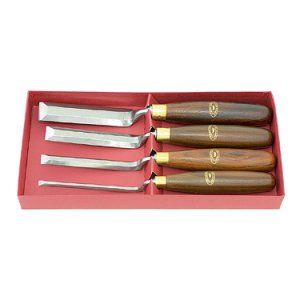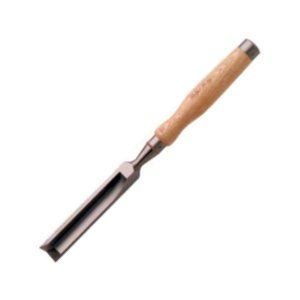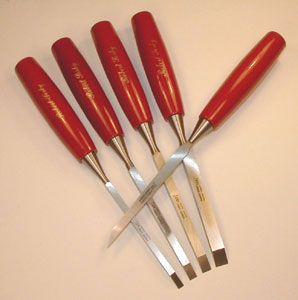Okay, here I go showing my ignorance -- yet again -- but I just have to ask:
Butt chisel vs bevel edge chisel -- how are they defined and what's the difference?
Mortise chisel vs sash(?) chisel -- again, how are they defined and what's the difference?
TIA,
Tom







 Reply With Quote
Reply With Quote











 Thanks Bob!
Thanks Bob! 

